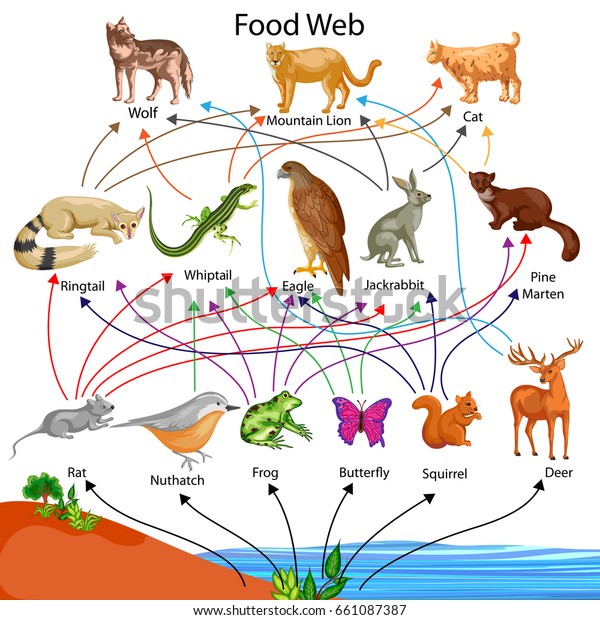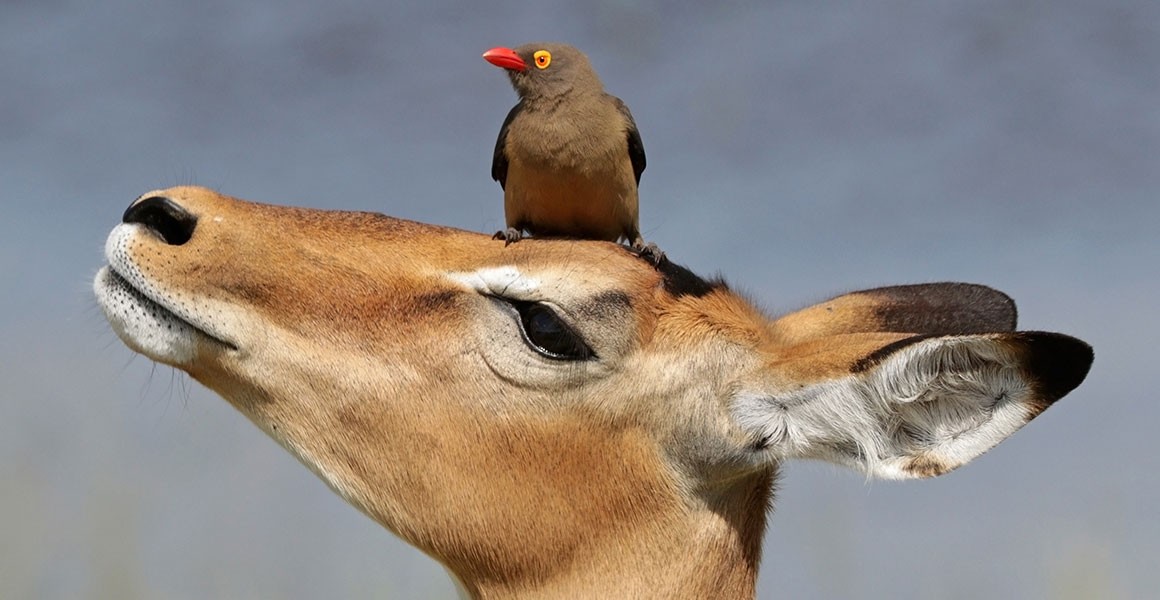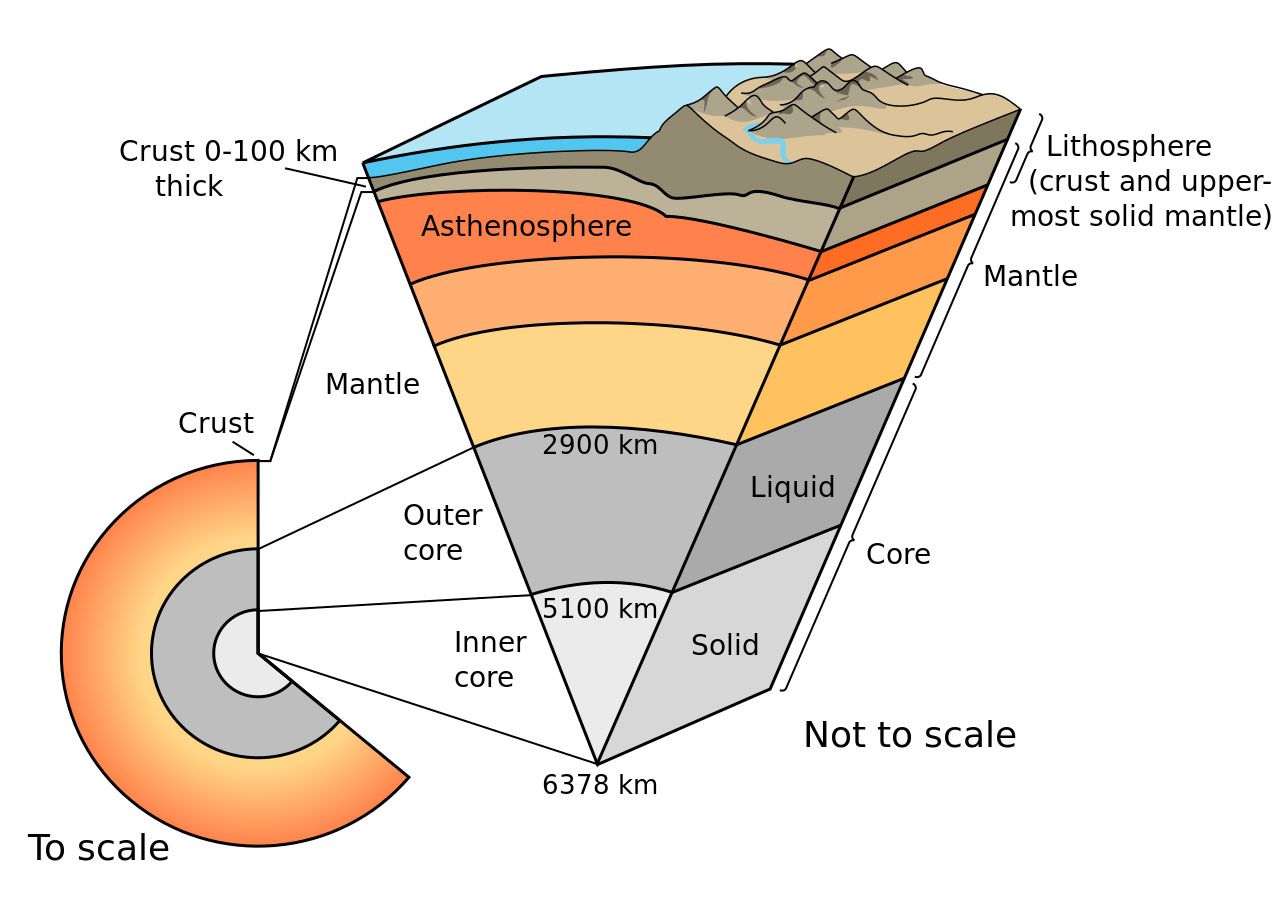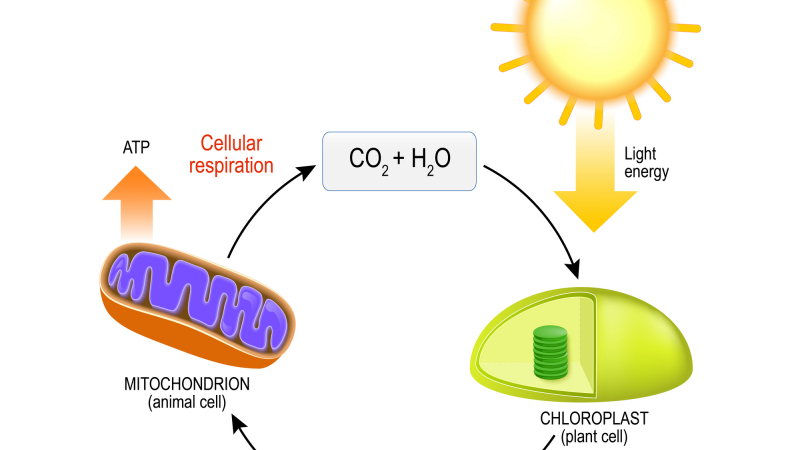nutrient cycling contains nitrogen, phosporus, and carbon in its proccess
the nutrient cycle is a process where
nutrients disperse into other biotic
life forms
sustainability includes nutrients that are found
in soil to help plants grow
Examples of abiotic
biodiversity is connected to community
because communities don't always have the
same organisms living together.
commensalism is where one organism
benefits off of another organism but
it does not harm the organism that is
not beneficial
parasitism is an interaction between organisms
where only one organism benefits while the other
is either hurt or killed.
mutualism is an interaction between two
organisms where both of the organisms benefit
as already explaned, an autotroph is
an organism that can create food for
itself!
the opposite of an autotroph, a heterotroph
has to feed of other living organisms to
survive so they have to find their own food.
photosynthesis is a form of energy
transformation due to the fact of
it being literal solar energy
photosythesis travels to the Chloroplast
cellular respiration is the process of food being
converted to energy (Glucose) in an animal body
which help animals live healthier. it is a producer
because it simply produces energy for all animals
photosynthesis produces energy through solar energy
while plants and algae convert that energy to chemical
helping them grow healthy
trophic levels seperate different species by
how they rank on the food chain
Bioaccumulation is the consumption of a
toxin from any animal on any trophic level
later to be passed through trophic levels in
biomagnification
biomagnification is the transfer of a toxin
from different species passing on through the
trophic levels
Trophic efficiency is the separation and
organization of different species
Decomposers are fungi or bacteria
who break down dead plants/animals
making organic nutrients for the ecosystem
Producers are certain organisms
who make their own food, this can
be categorized as autotrophs
A consumer is a category of species that
consumes
a community is also a very important aspect of a
natural living environment. a community needs to
be established in an ecosystem to sustain peace
to the organisms inside of the ecosystem.
competition is a certain characteristic
for some animals that compete for food
or mating
predation is another certain characteristic
that only some animals have. this specific
characteristic is found in certain animals who
hunt for their food
symbiotic relationships are the most
advanced of the relationships. it includes
all 3 of the relationships below.
mutualism: two organisms that help each-other
and both benefit. parasitism: where one organism
uses another organism for its own benefit and
harm the other organism. commensalism: where
one organism uses the other to benefit while the
other organism isn't affected at all.
Food webs are a very well-known
the aspect of biotic living. food webs are
an interconnection of food chains.
food chains are one of the most important
biotic characteristics keeping species population
levels stable
an ecosystem needs to be sustainable
in order to last and keep everything
in it living
non-living things
living things
the photosynthesis creates glucose out of
the chloroplast that is eaten by a human.
during the consumption, oxygen (02) enters
the human system as-well as the glucose
eutrophication is a result of nutrient cycling when a body of water is enriched with all of these nutrients
after exiting the animals mitochondria with water (h20)
and carbon dioxide (c02) the process repeats





:max_bytes(150000):strip_icc():format(webp)/GettyImages-173086147-56a0c5685f9b58eba4b3adef.jpg)



